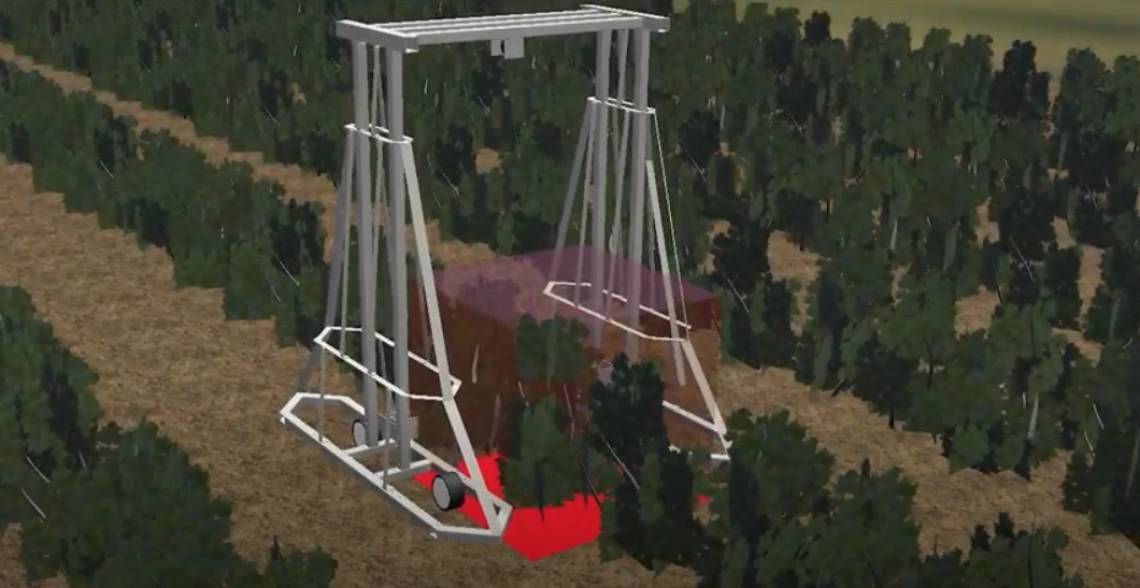Seniors Build Successful Projects Despite COVID-19 Setbacks
Using online meeting software and materials found around the house, and with a whole lot of determination and discipline, seniors overcame challenges associated with the pandemic to succeed with their capstone designs and prototypes.

After months of working on their capstone projects, University of Arizona engineering seniors were faced with a campus closure, shipping delays and other coronavirus-related restrictions that made it difficult, if not impossible, to complete their projects as planned. Nevertheless, in a testament to the resiliency and adaptability that comes with an engineering education, 85% of teams met their original objectives. Others, who couldn’t finish as planned, found success in different ways.
Because of shipping delays students on Team 19024 didn’t quite complete their project, a capacitive volume sensing system for Roche Diagnostics, as scheduled. But the students pivoted swiftly to having virtual meetings with their sponsors and performing thorough testing from home. Their efforts won them two awards at Design Day: the Raytheon Missile Systems Award for Best Overall Design and the Rincon Research Award for Best Presentation.
“While the changes to the structure of the course in the end of the spring semester brought many challenges, I felt that as a team, we adjusted as well as could have been expected,” said biomedical engineering team member Alana Gonzales, who is going on to pursue a PhD in biomedical engineering at Duke University.
Team 19075 created a non-destructive field robotic biomass 3D scanner, which won the Roche Tissue Diagnostics Award for Most Innovative Engineering Design. The device was designed to measure the biomass, or weight of plant material, in vegetation – an important process for analyzing plant health and predicting crop yields. Members agreed that the project taught them important lessons about starting work early, being flexible and communicating consistently.
“We were able to overcome many problems throughout the duration of this project, several of which involved software debugging, errors in purchased parts and complications in machining the frame,” said Alanna Zubler, a biosystems engineering student on the team. “One challenge in defining the application of our system required us to completely revise our entire design within the span of one week.”
Team 19037 created a test fixture for LCD light guide plates for sponsor Honeywell. Light guide plates are a part of LCD screens and provide a uniform illumination to the panel, ensuring there are no overly light or dark spots on the screen. The team created the plates, and, when they left for spring break, the mainframe of the text fixture was cut and ready to be assembled.
“Due to the COVID-19 situation and most machine shops being inaccessible to the team, we were unable to weld the LED support frame to the text fixture as originally intended,” said mechanical engineering major CJ Espiritu. “To account for the lack of welding materials, I was able to attach the LED support frame using spare nuts, bolts and ankle brackets I had around my house.”
In place of presenting their projects at a traditional Design Day, students uploaded video project presentations. One sentiment was echoed over and over again, including by biomedical engineering major Bridget Slomka:
“While all of these factors have been challenging, our team has pulled it together and grown to be better engineers.”

